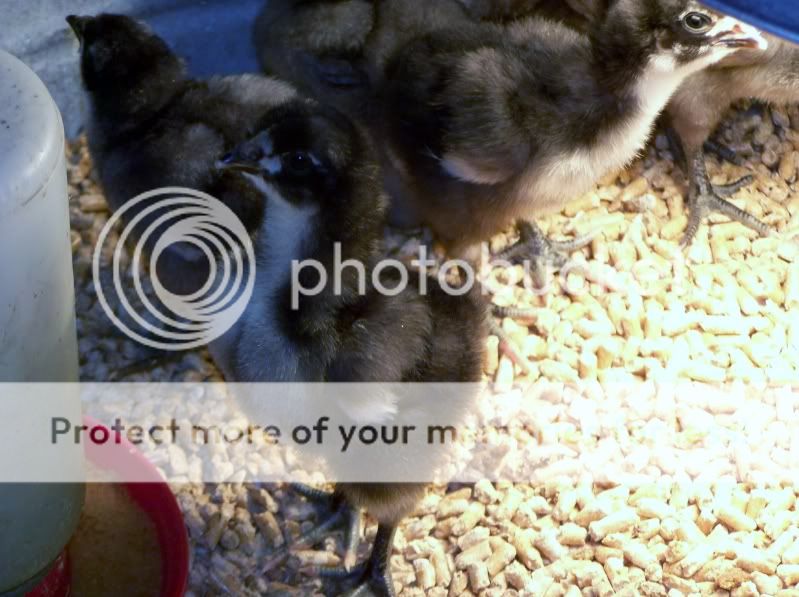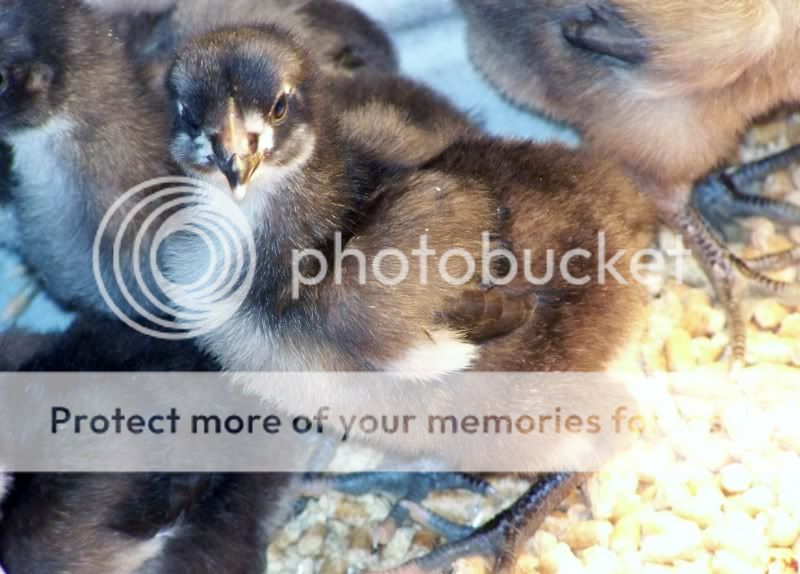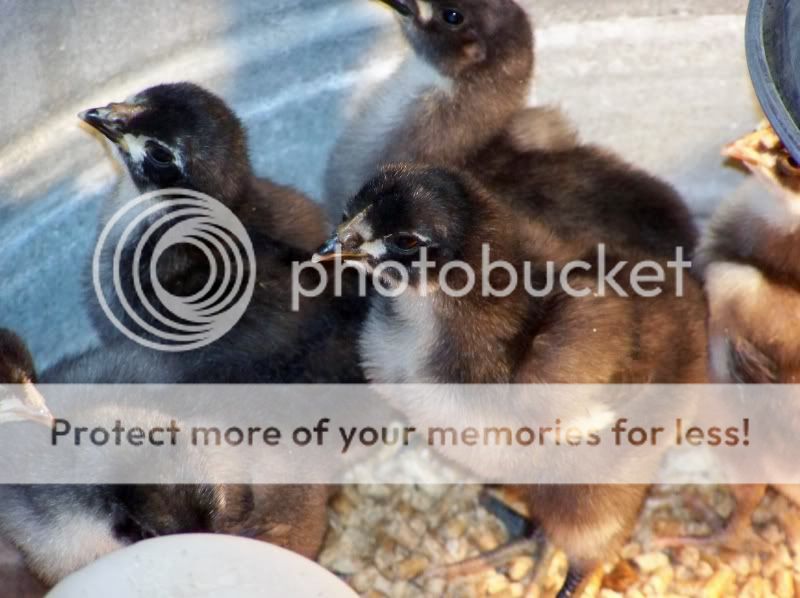Hi Monique!
 I have had some people who purchased eggs email with the same comments about some of our eggs. We have some birds (Lavender orps in particular) that lay "porous" eggs regularly.
I have had some people who purchased eggs email with the same comments about some of our eggs. We have some birds (Lavender orps in particular) that lay "porous" eggs regularly.
They eat the same food as the rest of our birds, just as healthy, good layer crumble, de-wormed regularly, purina calf manna as a vitamin supplement (in addition to oyster shell) and vaccinated. The chicks hatch just fine, robust and healthy.
Also wanted to update you on the eggs I got in January. 10 are in the hatcher and hopefully will hatch tomorrow (2/18)


 I even taped the crack on one of them and it is in there too! I just checked them and none have pipped yet.
I even taped the crack on one of them and it is in there too! I just checked them and none have pipped yet.
Cross your fingers they get themselves out of the shell tomorrow
 !
!
Thanks Monique for the wonderful eggs!
Nellie
_____
Update! Saturday 2/18: They are starting to pip!

They eat the same food as the rest of our birds, just as healthy, good layer crumble, de-wormed regularly, purina calf manna as a vitamin supplement (in addition to oyster shell) and vaccinated. The chicks hatch just fine, robust and healthy.
Also wanted to update you on the eggs I got in January. 10 are in the hatcher and hopefully will hatch tomorrow (2/18)



Cross your fingers they get themselves out of the shell tomorrow

Thanks Monique for the wonderful eggs!
Nellie
_____
Update! Saturday 2/18: They are starting to pip!
Last edited:









